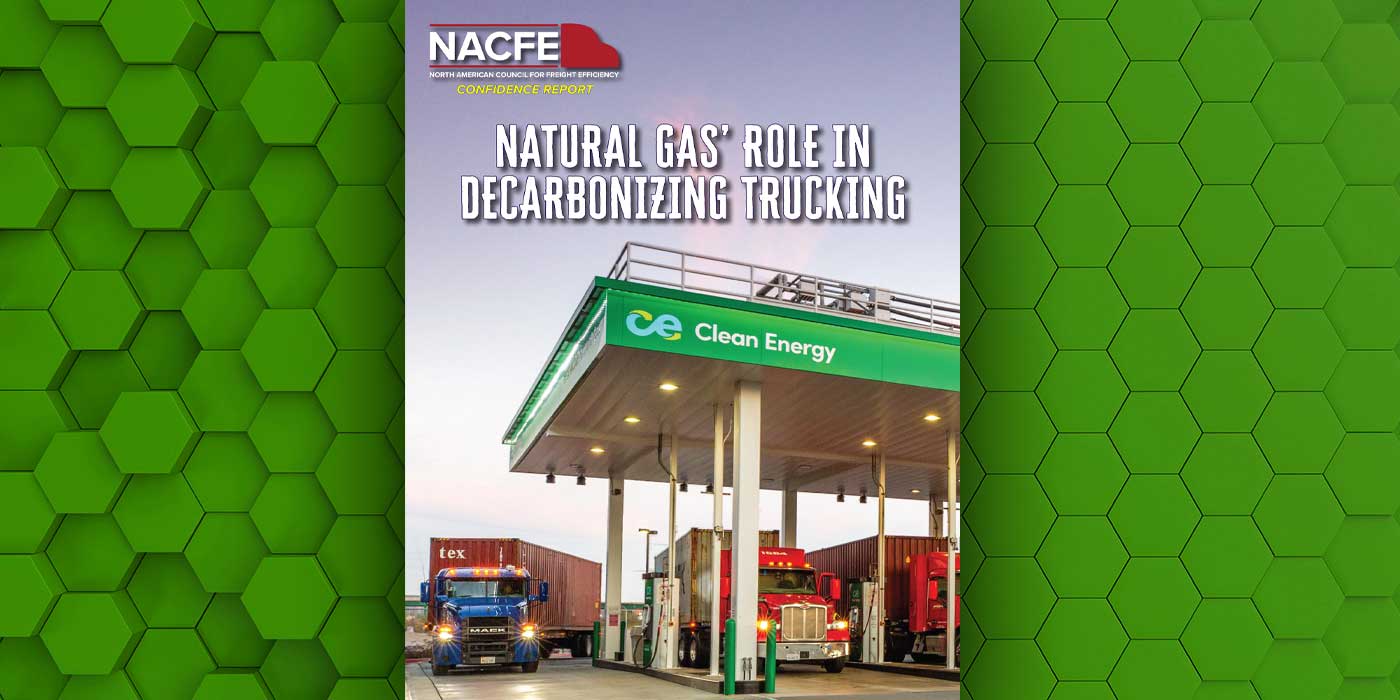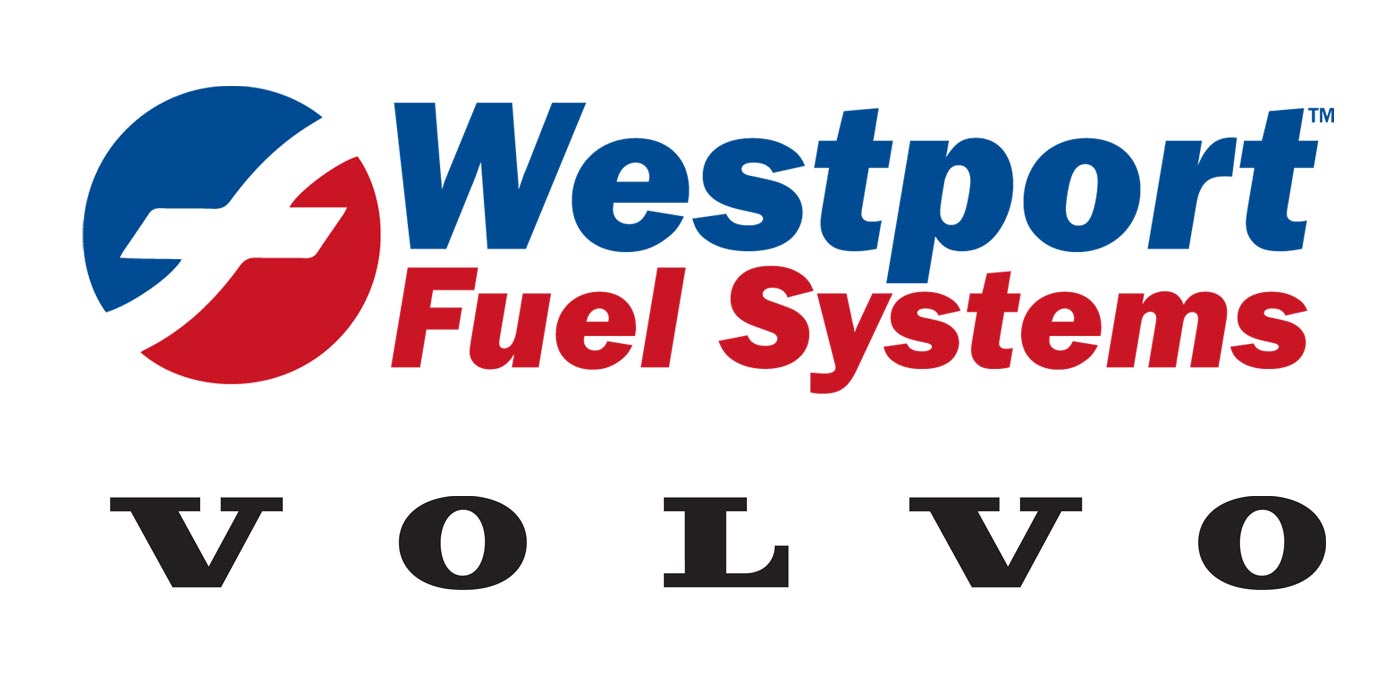My latest rant is the result of reading that Minnesota is going to require B20 biodiesel fuel usage in all diesel engines. Please, don’t misunderstand me: I’m all for biodiesel as an alternate diesel fuel. However, the EPA, environmental activists and “Big Ag” often don’t let the truth get in the way of their mission. I was involved with motorcycle emissions in their formative days, so I speak from experience.
At the EPA meeting announcing the advent of motorcycles emissions regulations, only the lawyers and the EPA administrators were allowed to speak. The technical people sat quietly on the sidelines. When someone in the audience asked the EPA a difficult question, the lawyers would stand up and tell us why the EPA couldn’t or wouldn’t answer our questions.
The facts were that emissions from motorcycles accounted for only 1% to 1.5% of Los Angeles’s total emissions from transportation. A well-done study came to that conclusion. Emissions from lawn care equipment was also on the order of 1%.
But the politicians were on a mission. We were going to have motorcycle emissions regulations come hell or high water. I wondered if the loud sounds of some motorcycles, particularly those made by my employer at the time, had infuriated environmental activists.
Once again, we see the same misinformation that we’ve witnessed in the recent past with ethanol. Big Ag and the farm lobby have created huge businesses out of biofuels, and they are doing everything they can to grow these businesses. Don’t let the facts get in the way!
Before my friends from the north get into trouble with their diesels next winter, let me give you the facts about biodiesel fuels. First, let’s mention engine durability. Most diesel engine manufacturers recommend biodiesel blends no higher than B20, although several of them prefer the use of B5 or B10. Higher concentrations of biodiesel can cause durability problems. Biodiesel doesn’t evaporate as readily as gasoline or diesel fuel. When it builds up in the crankcase, it stays there until the next oil change. This isn’t usually a problem with standard drain intervals, but I would be leery of extended oil change intervals.
Want more commentary from John Martin? Click here to see all of his columns.
Biodiesel also forms waxy deposits at low temperatures. The higher the concentration, the bigger the problem. Cold flow inhibitors can help, but they aren’t 100% effective. Biodiesel gelling can be effectively inhibited as long as ambient temperatures remain above 20°F.
Biodiesel fuel is also hygroscopic. That means it absorbs water. It doesn’t absorb nearly as much water as ethanol, but I don’t have to tell you what water does to your fuel system and engine combustion.
The emissions benefits of using biodiesel are often overstated. B20 reduces GHG (CO2) emissions by approximately 15%, but nitrogen oxide (NOx) emissions are actually increased due to its hotter combustion than diesel fuel.
Biodiesel is biodegradable, non-toxic and safer to handle than ULSD fuel, so those are definite pluses. Biodiesel also has a higher cetane number and better lubricity, and I like the fact that it can be produced from a wide variety of sources including animal fats, recycled restaurant grease, vegetable oils, palm oil and soy beans.
Biodiesel also doesn’t adversely affect fuel economy as much as ethanol does. E85 can cut fuel economy almost in half. B100 only reduces fuel economy approximately 10%, and B20 only reduces fuel economy by about 2%.
So, those are the facts. Another fact is that Minnesota isn’t going to use B20 in the winter. It ain’t gonna happen, folks. You can cut B20 with #1 ULSD or kerosene (thereby reducing fuel efficiency even further), but truckers will be unable to overcome the low-temperature problems unless there is a scientific breakthrough. And their fuel economy will degrade.














